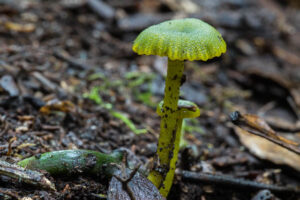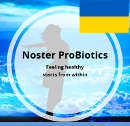The history of antibiotics goes back a surprisingly long way
Ancient times
- Greeks and Indians used moulds and other plants to treat infections.
- In Greece and Serbia, mouldy bread was traditionally used to treat wounds and infections.

- Warm soil was used in Russia by peasants to cure infected wounds.
- Sumerian doctors gave patients beer soup mixed with turtle shells and snake skins.
- Babylonian doctors healed the eyes using a mixture of frog bile and sour milk.
- The Sri Lankan army used oil cake (sweetmeat) to serve both as desiccant and antibacterial.
- The traces of tetracycline, for example, have been found in human skeletal remains from ancient Sudanese Nubia dating back to 350–550 CE
- The potent antimalarial drug, qinghaosu (artemisinin) from Artemisia plants has been used by Chinese herbalists for thousands of years as a remedy for many illnesses.
Modern times
1640 – England – John Parkington recommended using a mould for treatment in his book on pharmacology
1870 – England – Sir John Scott Burdon-Sanderson observed that culture fluid covered with mould did not produce bacteria
1871 – England – Joseph Lister experimented with the antibacterial action on human tissue on what he called Penicillium glaucium
1875 – England – John Tyndall explained the antibacterial action of the Penicillium fungus to the Royal Society
1877 – France – Louis Pasteur postulated that bacteria could kill other bacteria (anthrax bacilli)
1897 – France – Ernest Duchesne healed infected guinea pigs from typhoid using a mould (Penicillium glaucium)
1928 – England – Sir Alexander Fleming discovered the enzyme lysozyme and the antibiotic substance penicillin from the fungus Penicillium notatum
1932 – Germany – Gerhard Domagk discovered Sulfonamidochrysoidine (Prontosil )
Now the big danger is antibiotic resistance by infectious bacteria.
The reality is that doctors have overprescribed and incorrectly prescribed antibiotics resulting in antibiotic resistance being developed.
There have been no new antibiotic discoveries in 20+ years.
We are all going to have to look forward to an antibiotic-free environment.

